Lexclusive
Plant special 31 juli 2020
Cacti: the Houseplant of the Month August 2020
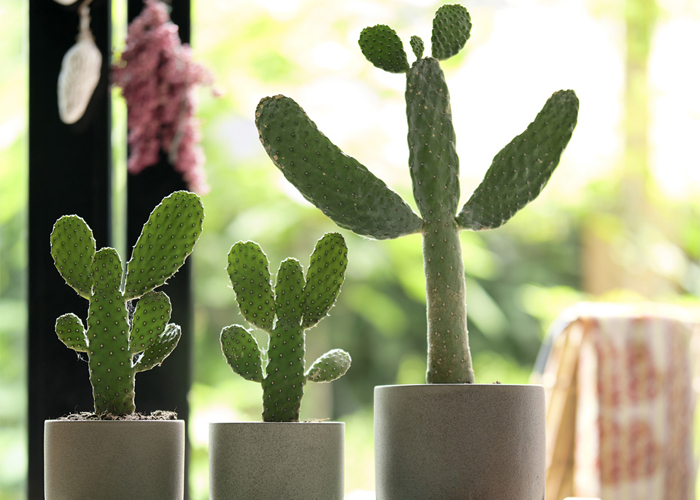
The story of Cacti
Whether it’s the trendy geometric shapes or the air of unapproachability, Cactus is an exciting houseplant that has a big impact on the interior and often lives alongside its owners for generations.
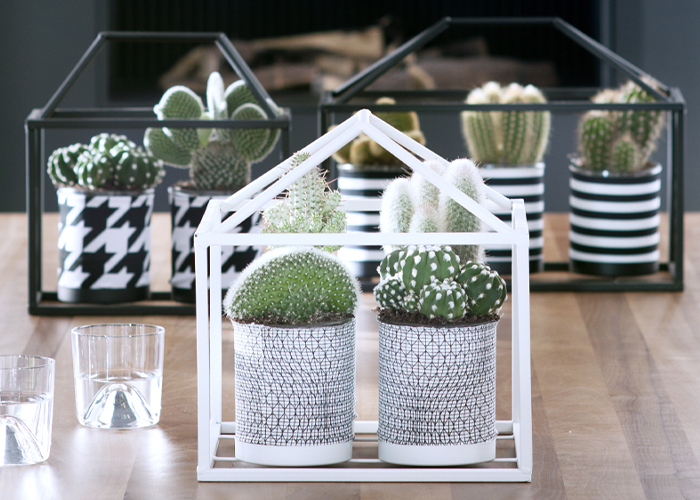
Did you know:
Every Cactus is a succulent, but not all succulents are Cacti.
Like many other succulents, Cacti have succulent characteristics - the ability to store water in their thick trunk and stems. These reservoirs are used to bridge periods of drought. Cactus roots are strong and are usually just below the surface in order to absorb as much water as possible.
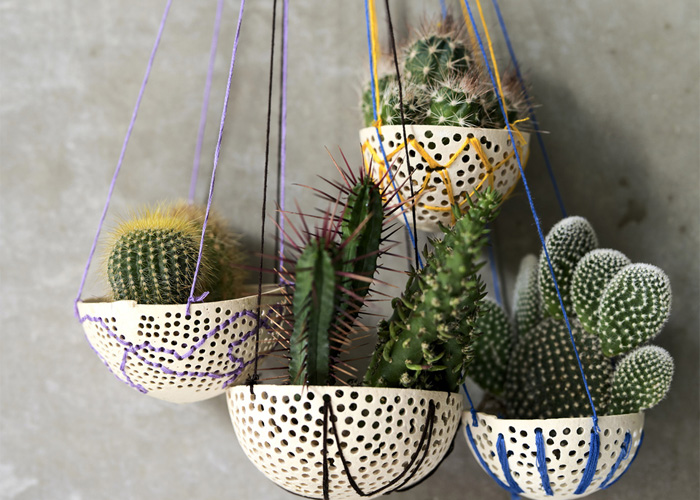
Cacti range
The range of Cacti is enormous and extends from tiny sleek shapes to bizarre massive pillars and from soft grey hairs to big sharp thorns.
It’s easy to spot the difference: with Euphorbia the spikes and thorns grow directly from the green body, whilst on Cactuses they grow from the areolae, the thickenings/bumps on the green body.
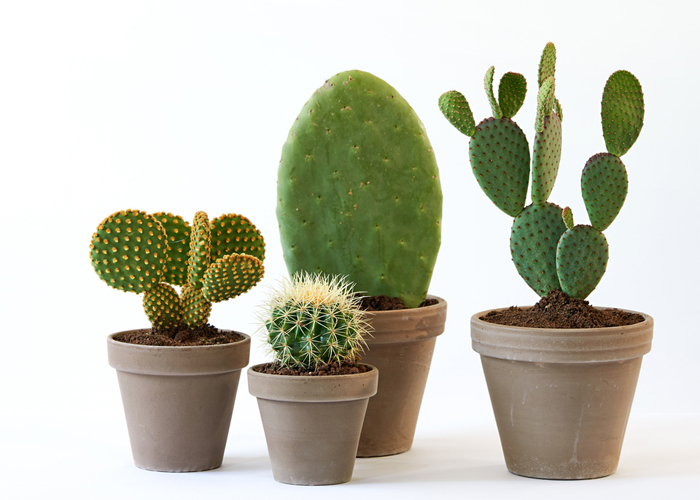
Care tips for customers
• To get the plants to flower every year, it’s best to give more water during summer and less in the winter.
• Too much water isn't good. It’s better to allow the soil to dry before watering the plants again.
• A Cactus can tolerate a warm and sunny spot in summer time, even outdoors on a balcony. The placement should be cooler and light during the winter. This hibernation period in the winter helps the Cactus to flower in the spring.
• If the plant needs repotting, use special Cactus soil.
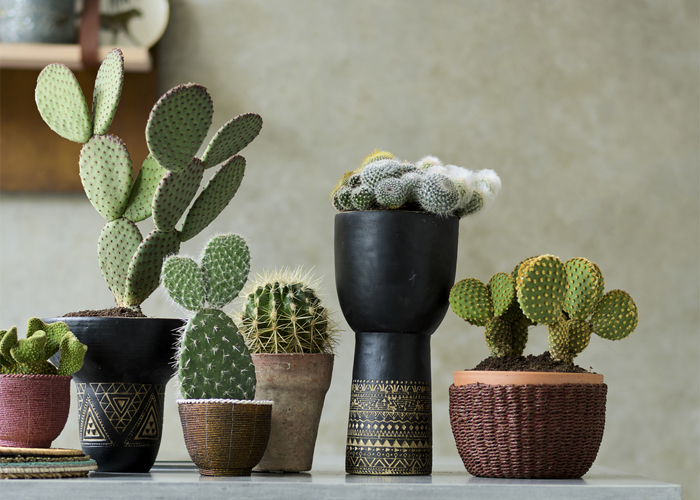
Sales and display tips
• One Cactus isn’t enough! The plants speak to the imagination best if different species are displayed together.
• Combined Cactuses look attractive and exotic in bowls, terrariums or bell jars.
• The plants can be used both in traditional interiors as well as in a modern setting. Artisan pots with folklore patterns and colours create a cheerful setting for the Cactus.
• The Cactus lends itself perfectly for certain themes like: beach, Mexico or indoor rockery.
Source: Funny How Flowers Do That.
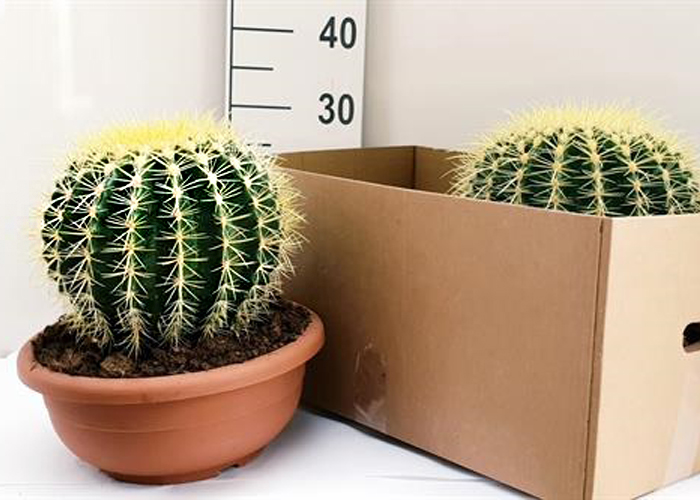
Echinocactus Grusonii
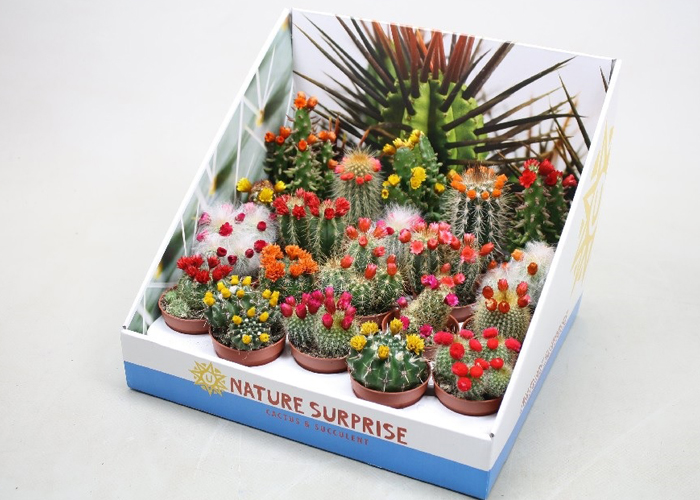
Cactus Decorated
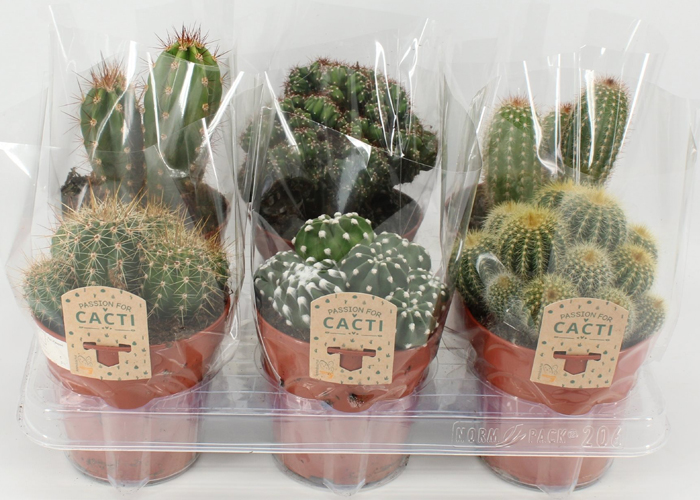
Cactus Mix 6 Varieties
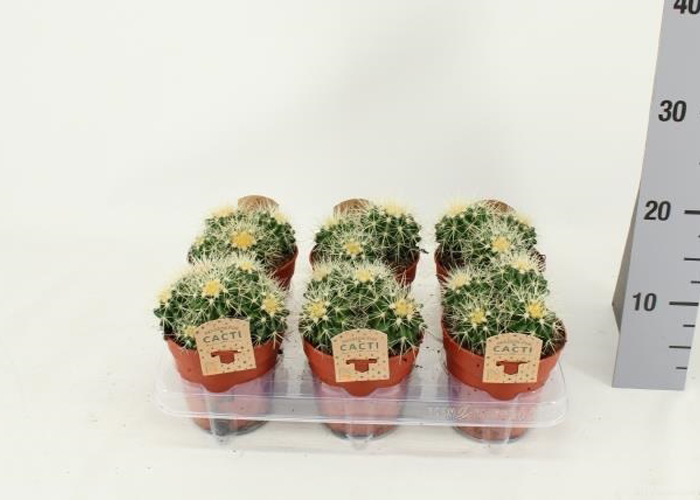
Echinocactus Grusonii

Pilosocereus Chrysostele
Airplants
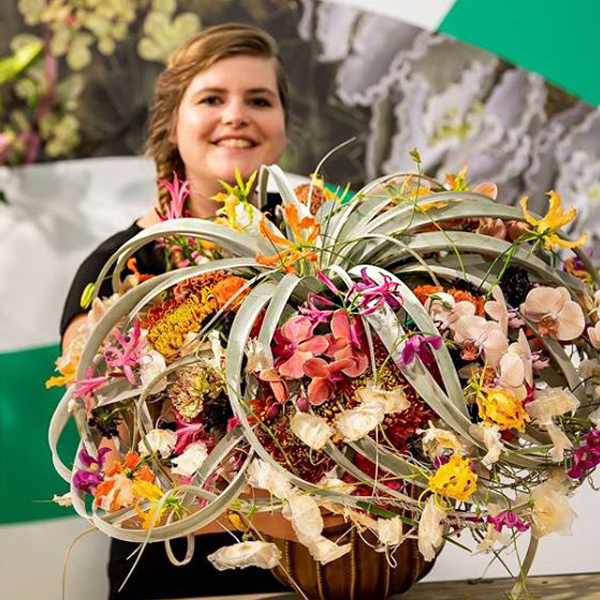
Airplant care
A common misunderstanding about airplants, is that they do not need any care at all. Although, they require very little attention, they still need to be taken care of.
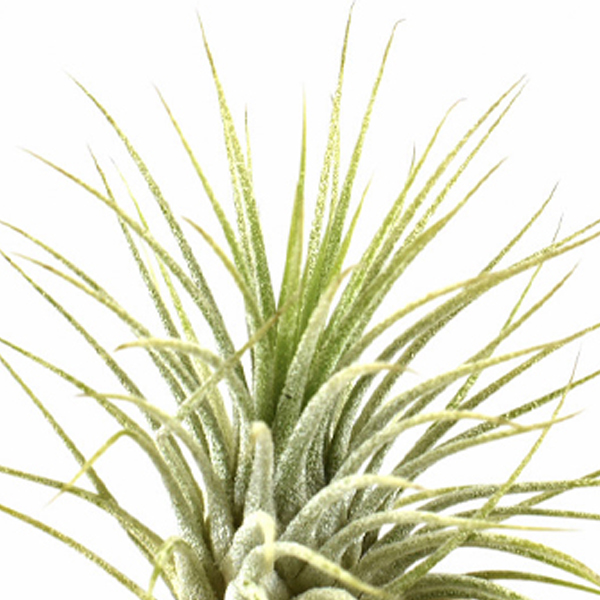
Trichomes
Airplants are able to live from the humidity in the air. They have little grey/white hairs on their leaves, which are called 'Trichomes'. Via these Trichomes they are able to absorb nutrients from the air.
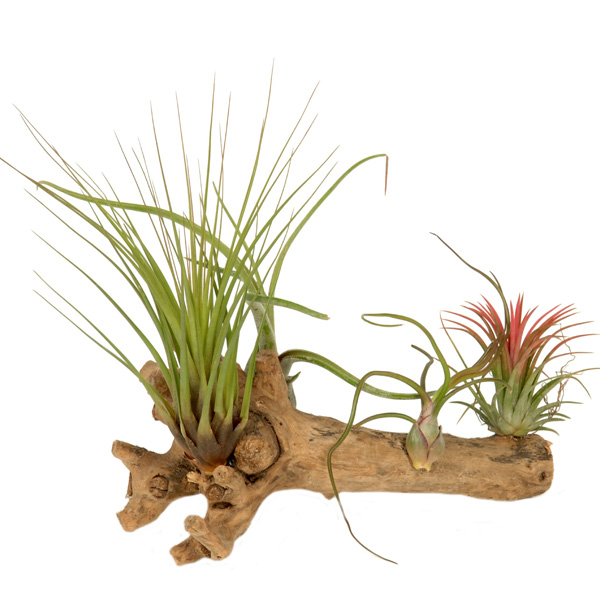
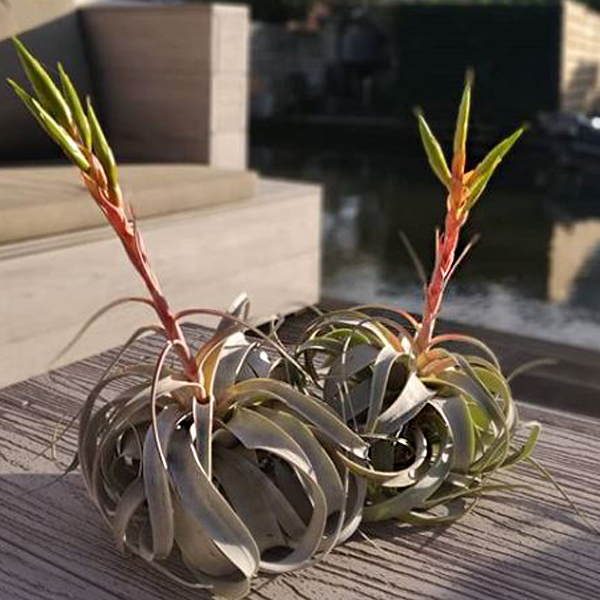
How to care for airplants?
• Spray your airplant regularly / soak your airplant. How to soak? Swipe further.
• Put your airplant in a bright spot, preferably with a little air circulation.
• Protect your airplant from frost at all times.
• Protect your airplant from direct sunlight (indirect sunlight is the best).
• When your airplant gets a flower, it’s in its final phase. You can extend the life of the airplant to remove the flower.

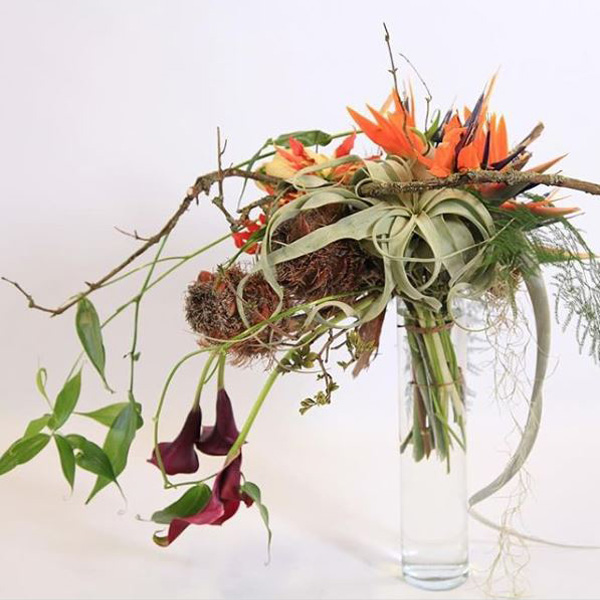
Airplant in an open environment
Spray your airplant once/twice a week.
It is important that the airplant has time to dry off completely.
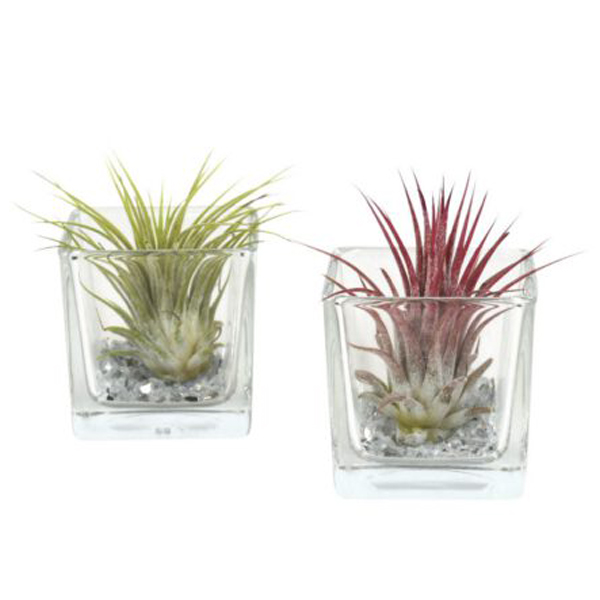
Airplant in open glass
When you spray the airplant, make sure to take it out of the glass before applying the water.
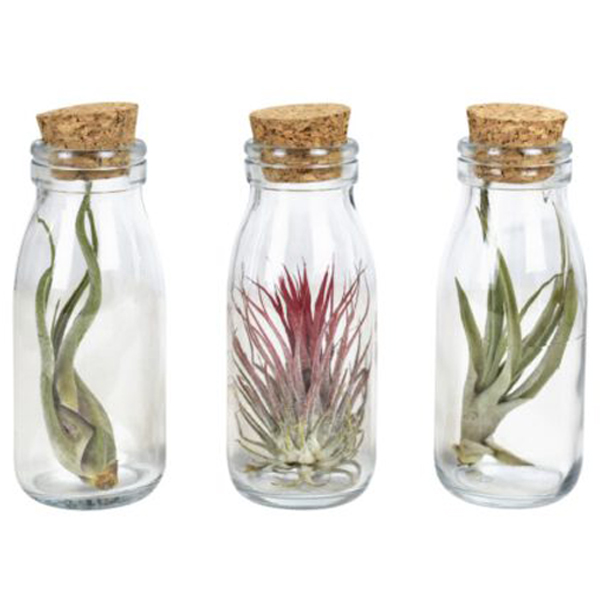
Airplant in closed environment/closed glass
An airplant in closed environment needs a different approach.
Whenever you see it’s losing its strength, you can apply the 'soaking method'.
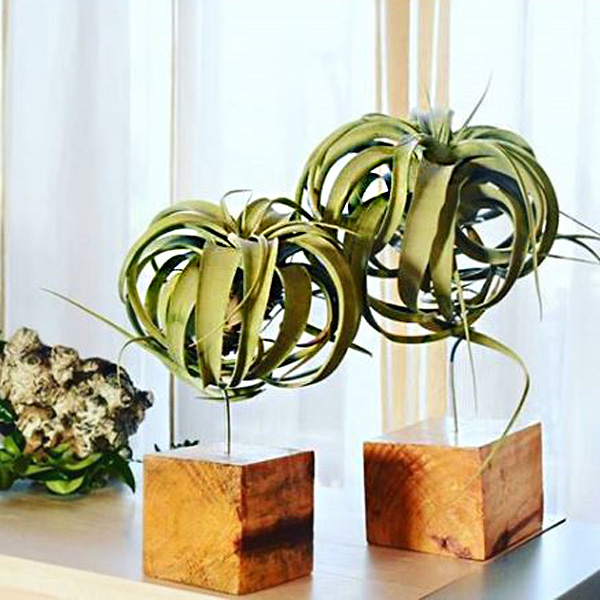
Soaking method
To make your airplants even more happy, it is recommended to soak them once a month in a container with water (naturel water is preferred over hard water). Your airplants will absorb the water. After 30-60 minutes of soaking, the airplants like to be put in a bright spot with good air circulation to dry off. You’ll notice the airplants retrieving their strong and healthy look.
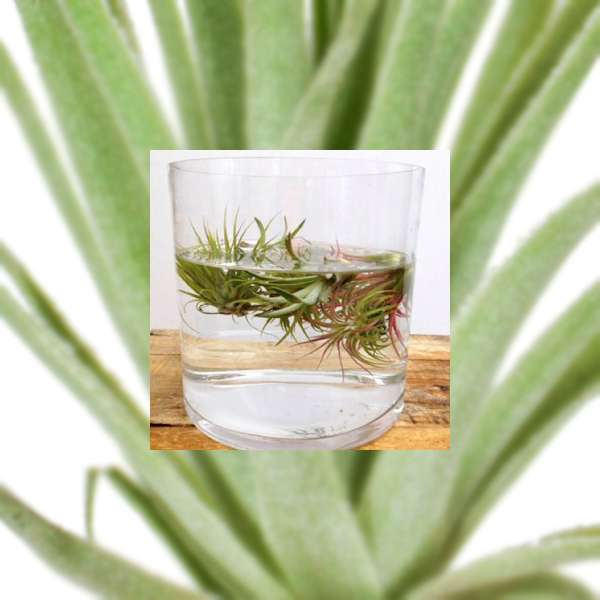
Step 1
Soak your airplants in lukewarm water. Try to use natural water instead of hard water.
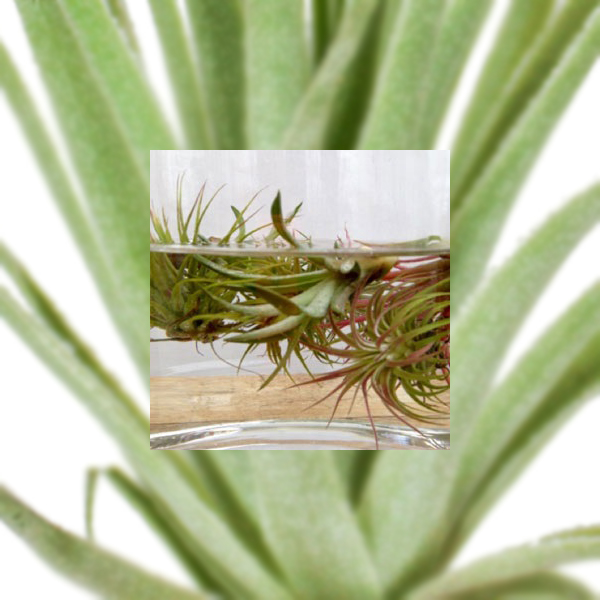
Step 2
Wait for 30 - 60 minutes.
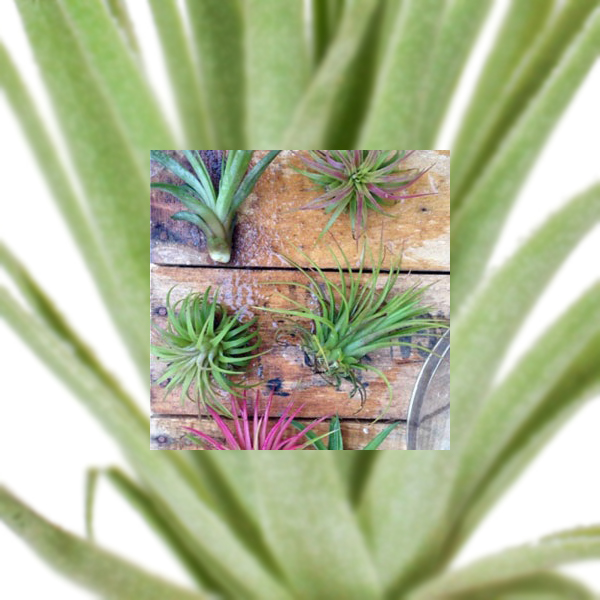
Step 3
Gently shake off the water of your plants.
Give them some time to dry off!
Source: tillandsiawebshop.com

NEW: Tillandsia Andreana
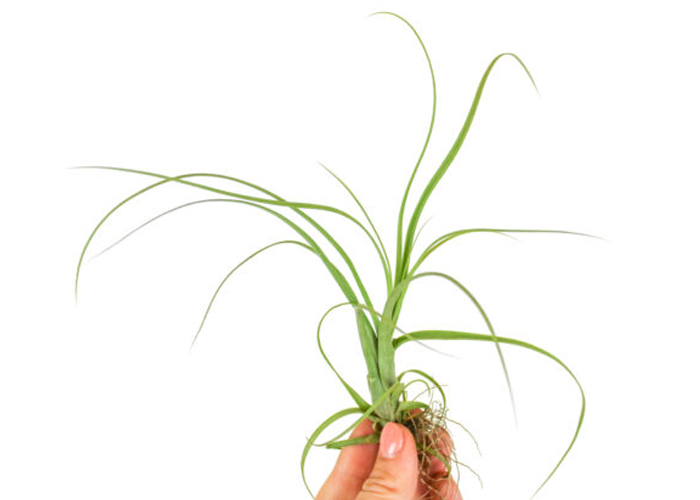
NEW: Tillandsia Balbisiana
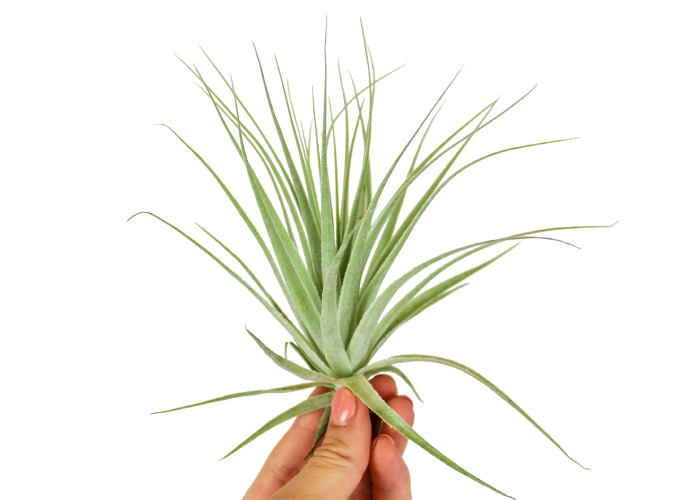
NEW: Tillandsia Gardneri-scaled
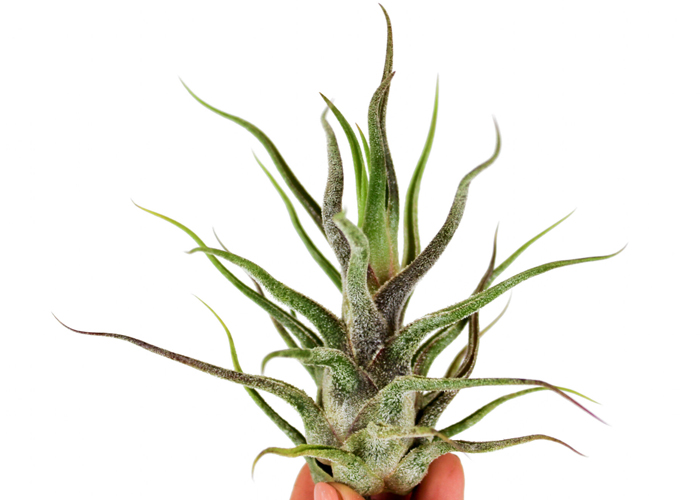
NEW: Tillandsia Pruinosa-scaled
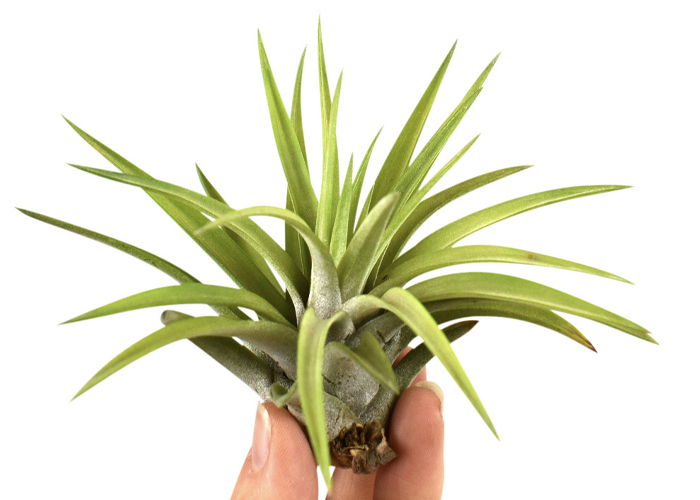
Best seller: Tillandsia Abdita

Best seller: Tillandsia Ionantha-green
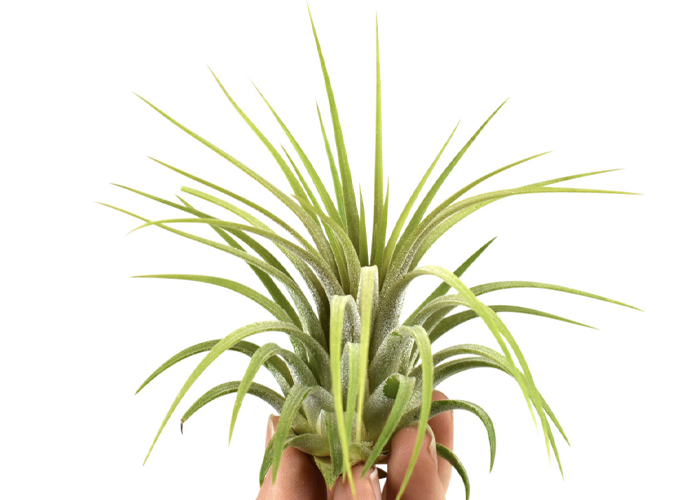
Best seller: Tillandsia Ionantha-rubra
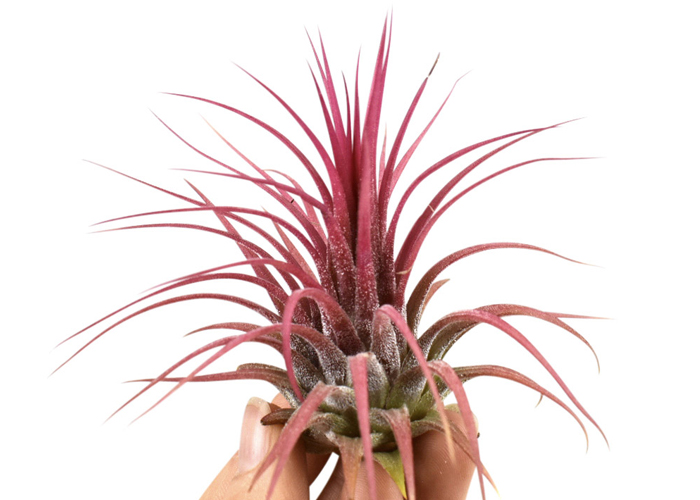
Best seller: Tillandsia Ionantha-red
Not yet a customer? Then fill out the form on this page.

